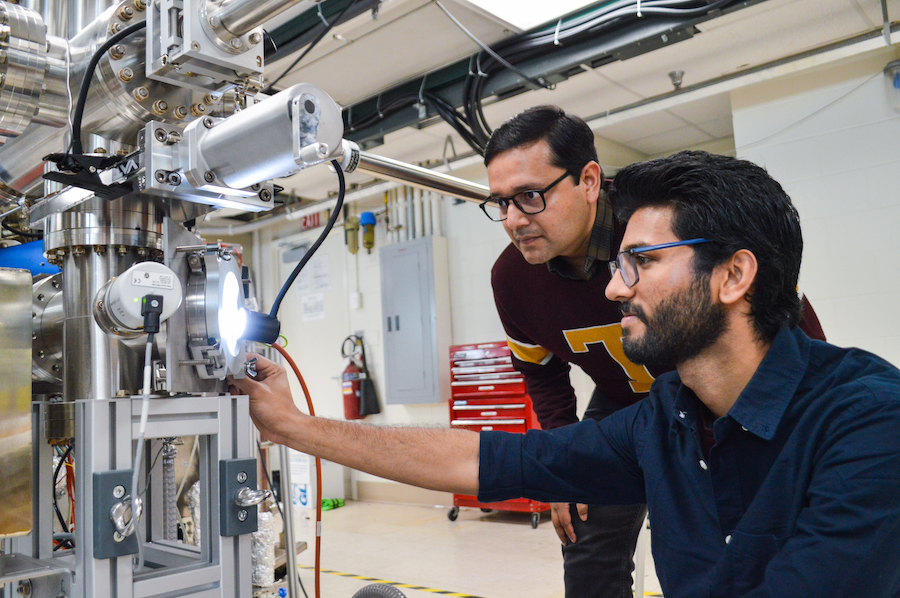
New technique paves the way for easy oxidation of historically ‘stubborn’ metals. A University of Minnesota Twin Cities-led team has developed a first-of-its-kind, breakthrough method that makes it easier to create high-quality metal oxide thin films out of “stubborn” metals that have historically been difficult to synthesize in an atomically precise manner...
Read More





![[Translate to English:] Montage aus Astronomie-Foto von Gravitationslinseneffekt und Teilchen](https://www.tuwien.at/fileadmin/_processed_/4/c/csm_Quantumgravity2_82812ff411.jpg)



Recent Comments